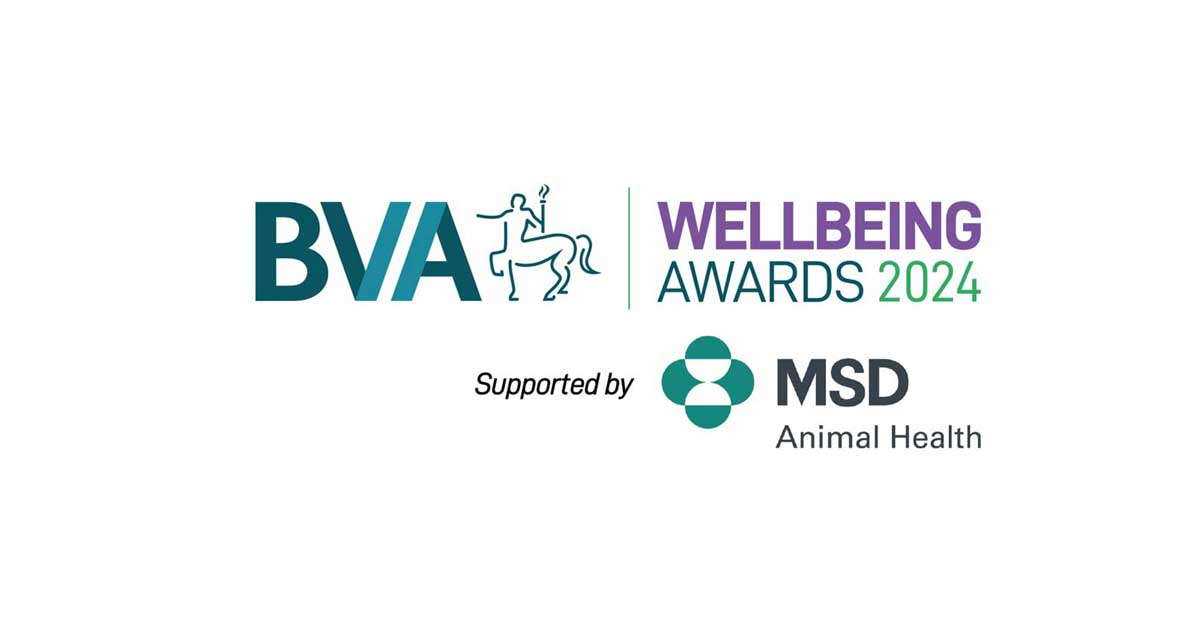
Nearly 9 in 10 UK dog owners cannot recognise a key canine stress signal, despite most claiming they can tell if their pet is happy or fearful, new research has indicated.
The findings have been described as “alarming” by The Kennel Club officials, who are now adding their voices to veterinary and welfare sector calls for action to improve public understanding.
The group has also issued its own guidance for canine body language signs to look for, amid its fears that a lack of awareness is putting people’s safety at risk.
Extremely concerned
Club spokesperson Bill Lambert said the organisation was “extremely concerned by this worrying knowledge gap”.
He added: “By failing to understand the signals, we are not only putting ourselves in a potentially harmful situation, but also our dogs who are relying on our understanding of how they express themselves.
“Much more awareness of our beloved pets’ behaviour is needed, for owners, children and the wider public alike, to ensure everybody is kept safe.”
The latest research follows a number of serious incidents involving dogs in recent times and calls in some quarters for more breeds to be banned under existing legislation.
Market research
More than 2,400 dog owners took part in the survey, conducted on the club’s behalf by market research company Censuswide, with nearly three-quarters (72%) saying they believed they could accurately tell if their dog was happy or fearful.
But the analysis also found 88% did not know that yawning can be an early sign of anxiety or fear, while licking lips (82%) and staring or wide eyes (65%) also saw low levels of recognition.
Fewer than half recognised other common signs of stress including stiffening the body (47%) or putting the tail between the legs (45%), while a similar number (44%) said they had never talked to relatives or friends about how to stay safe around dogs.
Lack of understanding
And, overall, 1 in 10 were unable to recognise any signs of stress, while more than a quarter (28%) said their dog’s behaviour could be unpredictable and over a third (35%) said there was a lack of understanding among the general public about how dogs show fear.
Carolyn Menteith, who chairs the UK Dog Behaviour and Training Charter, said: “Unless you know what you are looking for, some of the signs that dogs show when they are feeling stressed, worried or anxious can be quite subtle.
“If possible, their first resort will usually be to try and leave the situation they are finding difficult – but often people, especially children, may not give them the opportunity to do so. Dogs have lots of body language signals that they will show before they resort to giving a verbal warning – a growl – which usually happens after the other clues have been ignored.
“It’s a short step from there to a snap or a bite and sadly this is often the first sign that an owner will recognise, so for safety, looking for those early signals is vitally important.”
Growing calls
The new findings add to growing calls for change in the area from senior vets, welfare groups and academics in recent months. Edge Hill University research, published in June, indicated significant public support for both teaching children how to interact with dogs and a broader public information campaign.
PDSA senior vet Sean Wensley also called for animal welfare and responsible pet ownership to be part of the National Curriculum when giving evidence to a Parliamentary select committee hearing in July. Since then, the Dog Control Coalition, of which the BVA is a member, has renewed its calls for an overhaul of existing breed-based legislation that it argues has failed to properly protect the public since it was introduced in 1991.
So far, Defra has refused to be drawn on whether the current law could be reviewed while it awaits final recommendations from a working group set up to examine ways of promoting responsible dog ownership.
But ministers said they had no plans to add further breeds to the banned list, despite calls from some MPs and senior police officers for action to target the XL Bully.
The coalition argues any extension to the banned list could lead to many more dogs being euthanised.
Credit to: Most dog owners can’t read stress signals, findings show (Vet Times)
Vet Times. (2023). Most dog owners can’t read stress signals, findings show [online]
Available at: https://www.vettimes.co.uk/news/most-dog-owners-cant-read-stress-signals-findings-show/





